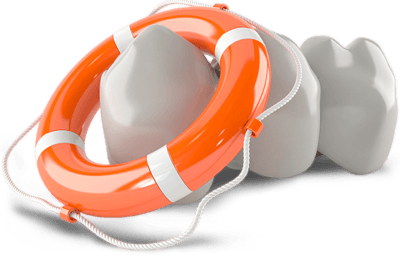Patients are often referred by their dentist or physician for further examination and management of soft or hard tissue abnormalities, which is the main focus of oral and maxillofacial pathology. Soft tissue lesions generally involve ulcers, patches, bumps, and discoloration on the gingivae (gums), palate, lips, cheek, tongue or salivary glands. Hard tissue pathology denotes changes in the teeth or jaw bone(s). Fortunately, abnormal changes in the mouth are often detected early as the oral cavity is richly innervated and is an area that we are typically very aware of. Although such tissue change usually does not mean nor prove to be cancer, it certainly needs to be evaluated promptly to determine exactly what it may be. This is especially true given that oral cancer kills one person every hour, twenty-four hours a day, in the U.S. (http://oralcancerfoundation.org/).
Dr. Salib trained under the guidance of some of the most pre-eminent oral pathologists and departments in the world while completing his Oral & Maxillofacial Surgery residency at Indiana University. Dr. Salib encourages performing self-examinations monthly to aid in early recognition of any abnormalities as well as routine annual office screening.
The things to evaluate and take note of when performing self-examinations are:
- red or white patches of the oral tissues
- a sore that fails to heal (or keeps recurring) and bleeds easily
- an abnormal lump or thickening of the tissues of the mouth
- chronic sore throat or hoarseness
- difficulty in chewing or swallowing
- a mass or lump in the neck
Hard tissue (bone) lesions are often unrecognized by patients until a radiographic image reveals their existence. At Pacific Oral and Maxillofacial Surgery Center, patients can rest assured that they will have the best imaging available for pathology via a 3-D cone beam CT scanner. Dr. Salib will work closely with you and your doctor as well as refer you to the appropriate medical or dental specialist if additional work is required.













